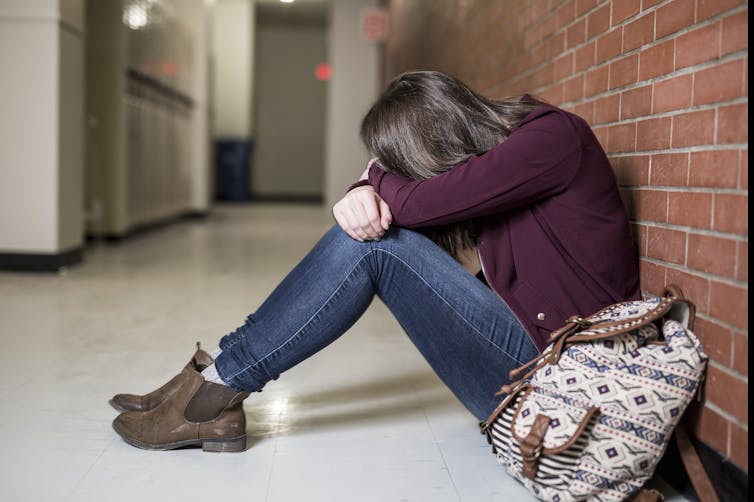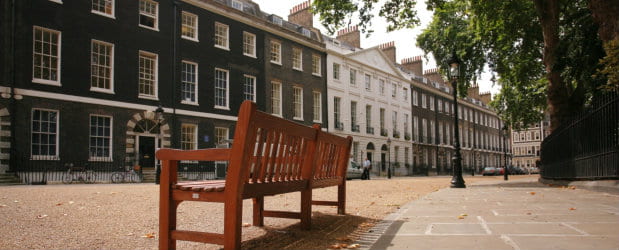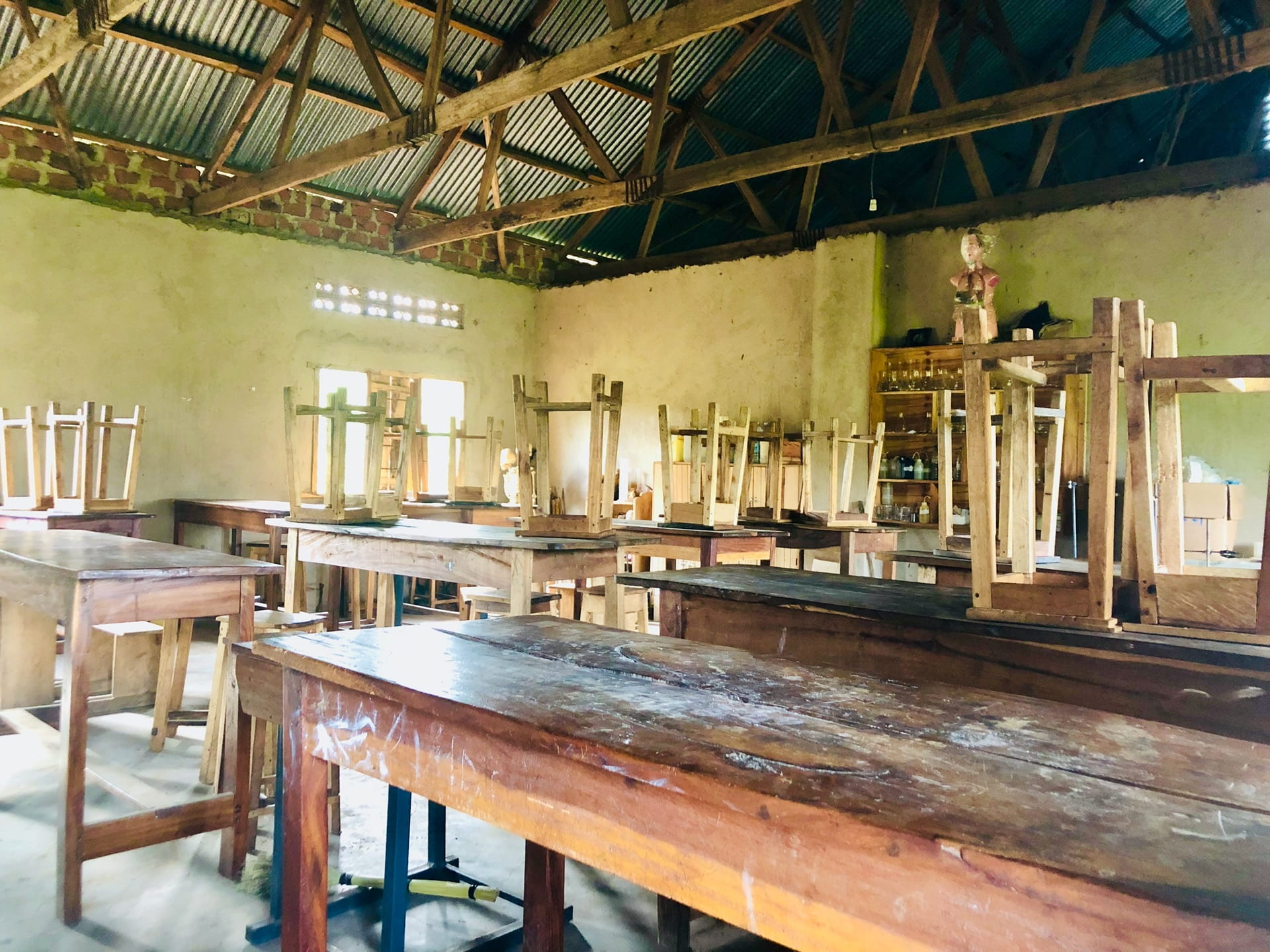Ann Phoenix, Afiya Amesu, Issy Naylor and Kafi Zafar – a teacher and three students discuss the BLM movement in their second blog.
The scrutiny of racism that Black Lives Matter has produced raises questions of commonalities and differences in experiences of racism across groups. One consequence is that Asian people have found themselves remembering the pain of being subjected to implicit and overt racism. One example is learning that others thought there was something inherently wrong with darker skin through being asked at age five years, “why is your skin black?” before having any concept of race, ethnicity, or skin colour.

Fons Americanus by Kara Walker, displayed in the Tate Modern Turbine Hall. Photo by Les Hutchinson via Creative Commons
Part of the complexity ingrained in everyday racist practices is that it is not simply between those who are white and those who are ‘other’. Instead, South Asian children learn early that, not only is there a great deal of racism and casteism towards South Asians, but also within their own South Asian communities. Comments from elders range from complaints of becoming too tanned in the summer, and darker skin ruining marriage prospects for young girls, to offhand remarks about how beautiful a baby is for no other reason than their fair complexion. This is, arguably, as destructive as external racism since it tears South Asians apart from the inside. This colourism is now recognised to be one face of racism that has gained strong footholds because of histories of enslavement and colonialism. It highlights the importance of recognising what Avtar Brah, in the 1990s, called ‘differential racisms’.
Increasingly, young British Asians are fighting against these ideologies through not only embracing their own dark skin, but also breaking down the stereotypes and stigma (more…)

 Close
Close










